New to the forum because I am stumped. Im building what I am calling the "water table" for my kids. It has a series of spigots, and channels that funnel into a kiddie pool. Then I got creative and added some solenoids to make some quirt guns that run off of line pressure. They are SWEET!
I have 2 solenoids left to find a function for. My oldest wants me to get a push button that will randomly shoot the person standing in front of the button. So, you can press it anywhere from 1-10 times before it goes off and every time its a different number of pressure. Kind of like Russian roulette... but for kids lol
I just spent the last hour googling things with no results, but I found this page and thought someone would be able to point me in the right direction. Any thoughts or input would be great!
Thanks!!
